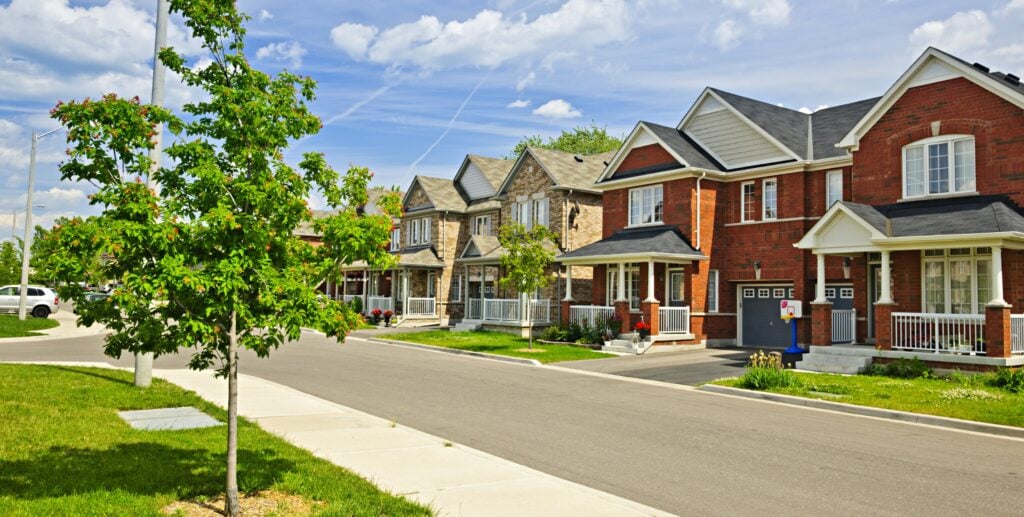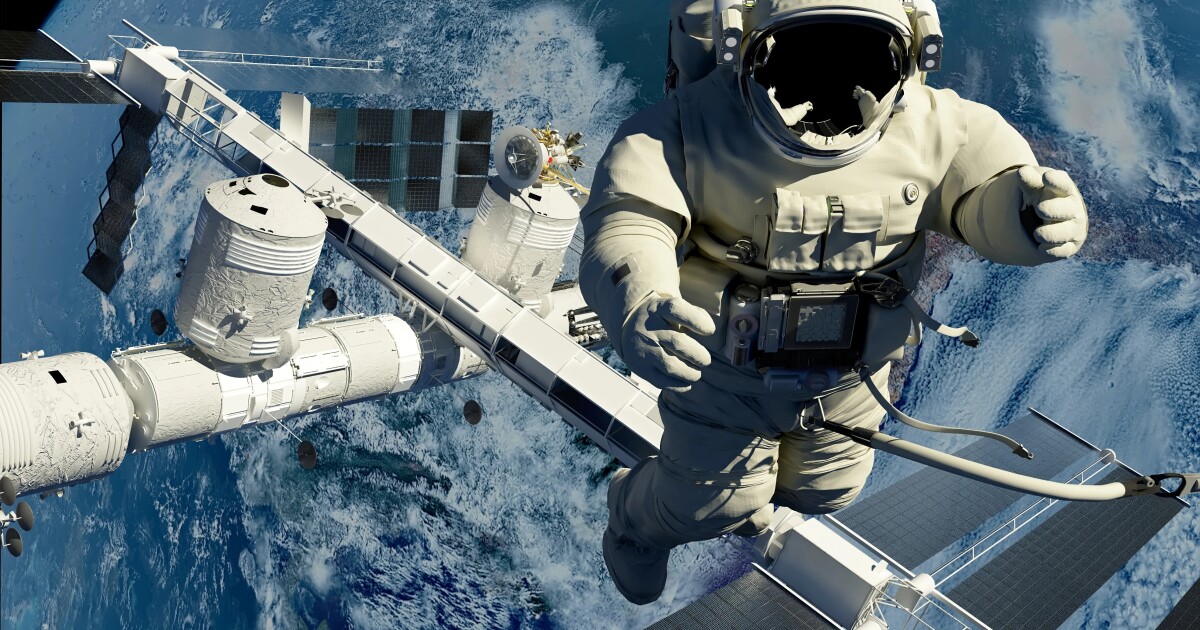Your body’s blood-making stem cells, hematopoietic stem cells (HSC), are like factory managers who work best when calm and rested. But when stress hits, like infection or injury, they spring into action, churning out immune cells to defend you. Over time, too much stress wears them down, making them age faster and lose their spark.
Now imagine sending those managers to space. In low Earth orbit (LEO), gravity vanishes, radiation spikes, and the rules of biology bend. NASA’s Twins Study showed that astronauts exposed to space for nearly a year had changes in telomere length, chromosomal inversions/instability, and upregulation of inflammatory cytokines.
While previous research has shown that microgravity affects the immune system, what about the stem cells that build it? Until recently, no one had tested how spaceflight affects the aging and fitness of human blood-forming stem cells (HSPCs).
So University of California San Diego’s Sanford Stem Cell Institute teamed up with NASA and Space Tango to establish an Integrated Space Stem Cell Orbital Research (ISSCOR) center. They studied the impact of the LEO environment on HSPC fitness before, during, and after spaceflight in four SpaceX Commercial Resupply Services missions to the International Space Station (ISS).
For this study, they built bone marrow niche nanobioreactors for real-time HSPC tracking in artificial intelligence-driven CubeLabs. This “nanobioreactor” platform, which includes miniaturized 3D biosensing systems, enables human stem cells to grow in space. These smart little systems use AI-powered cameras to watch the cells in action, tracking how they behave in orbit.
The researchers discovered that HSPCs returned from orbit showing clear signs of wear: they lost some of their ability to produce fresh, healthy cells, became more vulnerable to DNA damage, and showed fraying at the ends of their chromosomes, on those protective caps known as telomeres. All of these changes point to accelerated aging. It’s like sending young cells into space and getting back older, more tired versions.
Catriona Jamieson, director of the Sanford Stem Cell Institute and professor of medicine at UC San Diego School of Medicine, described space as “the ultimate stress test for the human body.” She emphasized the significance of recent findings suggesting microgravity and cosmic galactic radiation are all factors in aging stem cells.
“Understanding these changes not only informs how we protect astronauts during long-duration missions but also helps us model human aging and diseases like cancer here on Earth,” said Jamieson. “This is essential knowledge as we enter a new era of commercial space travel and research in low Earth orbit.”
Building on the findings from NASA’s Twins Study and the Space Omics and Medical Atlas group, this new research provided a detailed mechanistic look at how space triggers molecular aging.
After just 32 to 45 days in space, HSPCs began showing signs of premature aging. Researchers found that these cells became hyperactive, burning through their energy reserves and losing their ability to rest, a crucial trait for long-term regeneration. Their capacity to produce healthy new cells dropped, while molecular damage piled up: DNA breaks, fraying telomeres, and stress signals flared inside their mitochondria, the cell’s power plants. Even usually silent parts of the genome were switched on, disrupting cellular stability.
Altogether, these changes mimic the aging process on Earth and could weaken immune defenses or raise the risk of disease, suggesting that space doesn’t just challenge the body; it may accelerate its biological clock.
One major culprit behind stem cell aging in space appears to be the genotoxic stress induced by increased exposure to the space radiation environment. During these month-long space missions, NASA recorded radiation levels between 7.6 and 10.7 milligray (mGy), roughly the same dose you’d get from a routine medical scan like a CT or X-ray. While that might sound mild, even small doses of cosmic radiation can stir up trouble at the cellular level, especially when combined with the other stressors of space.
But interestingly, when these space-exposed cells were later placed in a young, healthy environment back on Earth, some of the damage began to heal. It’s a positive sign that with the right conditions or interventions, even aging cells might bounce back, like astronauts returning from orbit and hitting the cellular spa.
These findings highlight an urgent need to shield stem cells from the harsh realities of space. Equally important is the search for biological “warning lights”, early markers that can flag stress-induced aging before it spirals out of control.
The research team isn’t stopping here. Building on their 17 missions to the International Space Station, they plan to launch even more studies, this time with astronauts in the mix. Their goal: to track molecular changes in real time and explore pharmaceutical or genetic tools that could shield human health from the stresses of space.
The new study was published in Cell Stem Cell.








